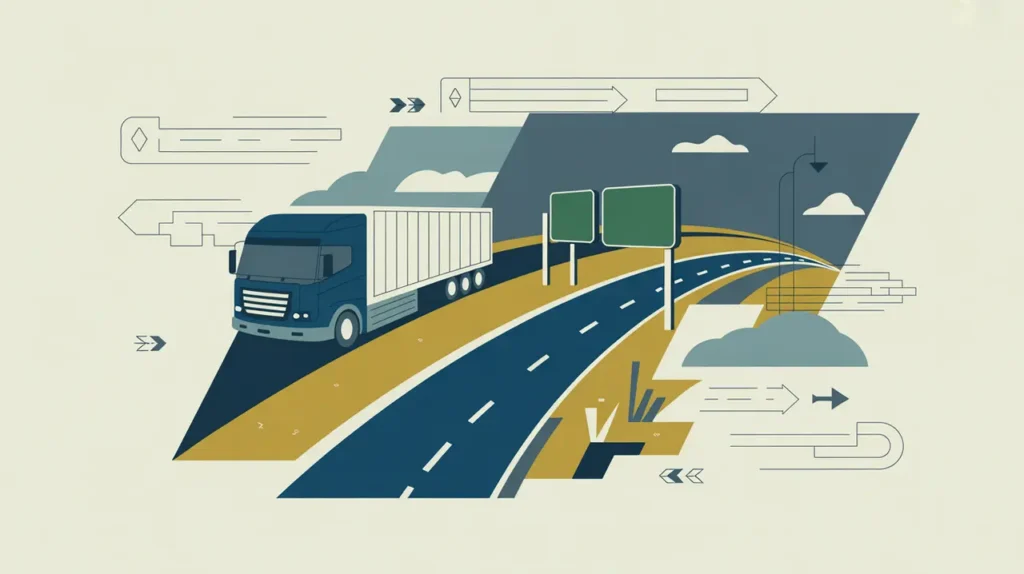Importance of Rail Transport
Rail transport is a critical mode of moving goods and people efficiently, sustainably, and at scale. It supports economic growth by connecting cities, ports, and industrial hubs, while reducing costs for bulk and long-distance transport. In international development, rail systems enable regional integration, improve market access, and strengthen resilience in supply chains. For nonprofits and social innovators, rail transport matters because it can expand mobility for low-income communities while reducing environmental impacts compared to road or air travel. Its importance lies in combining accessibility with sustainability.
Definition and Features
Rail transport refers to the movement of passengers and freight along fixed tracks using trains. Its defining features include:
- Efficiency: moving large volumes at lower cost and energy use.
- Connectivity: linking urban centers, rural areas, and international trade corridors.
- Environmental Benefits: producing fewer emissions per unit of cargo or passenger than most alternatives.
- Infrastructure Dependence: reliant on significant investment in tracks, stations, and rolling stock.
How this Works in Practice
In practice, rail transport systems are developed and managed by governments, private operators, or public 6private partnerships. Passenger rail supports urban commuting and long-distance travel, while freight rail moves bulk commodities such as minerals, agricultural products, and manufactured goods. For example, new rail corridors in Africa and Asia are opening trade routes and stimulating regional markets. Challenges include high capital costs, aging infrastructure, limited coverage in developing regions, and governance issues related to regulation and maintenance.
Implications for Social Innovation
Rail transport has significant implications for social innovation because it connects sustainability goals with economic opportunity. Innovations such as high-speed trains, electrification, and digital logistics management improve efficiency and reduce carbon footprints. For proximate actors, affordable and reliable rail transport provides access to jobs, markets, and services. Rail transport is essential for building sustainable, inclusive, and integrated economies.







